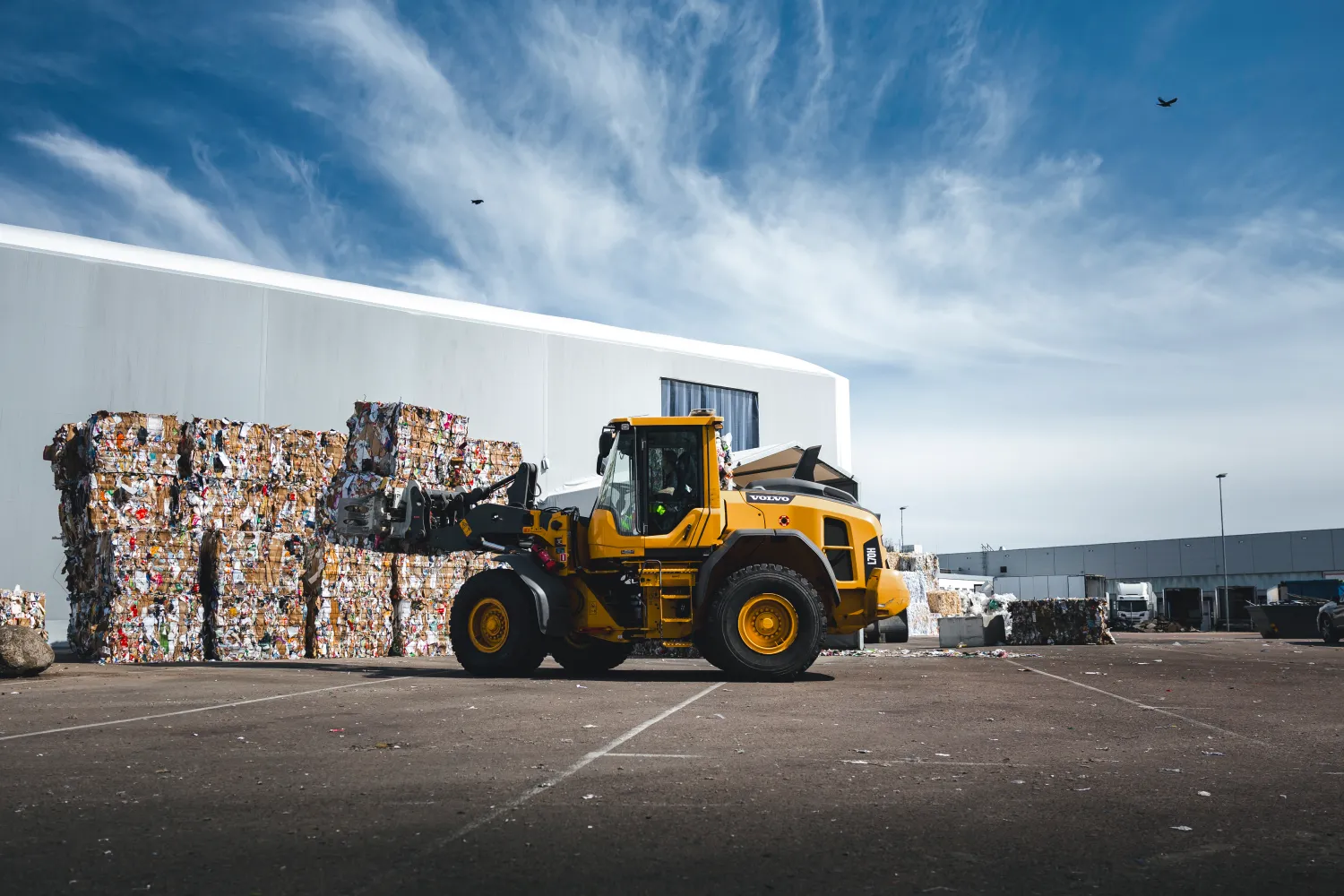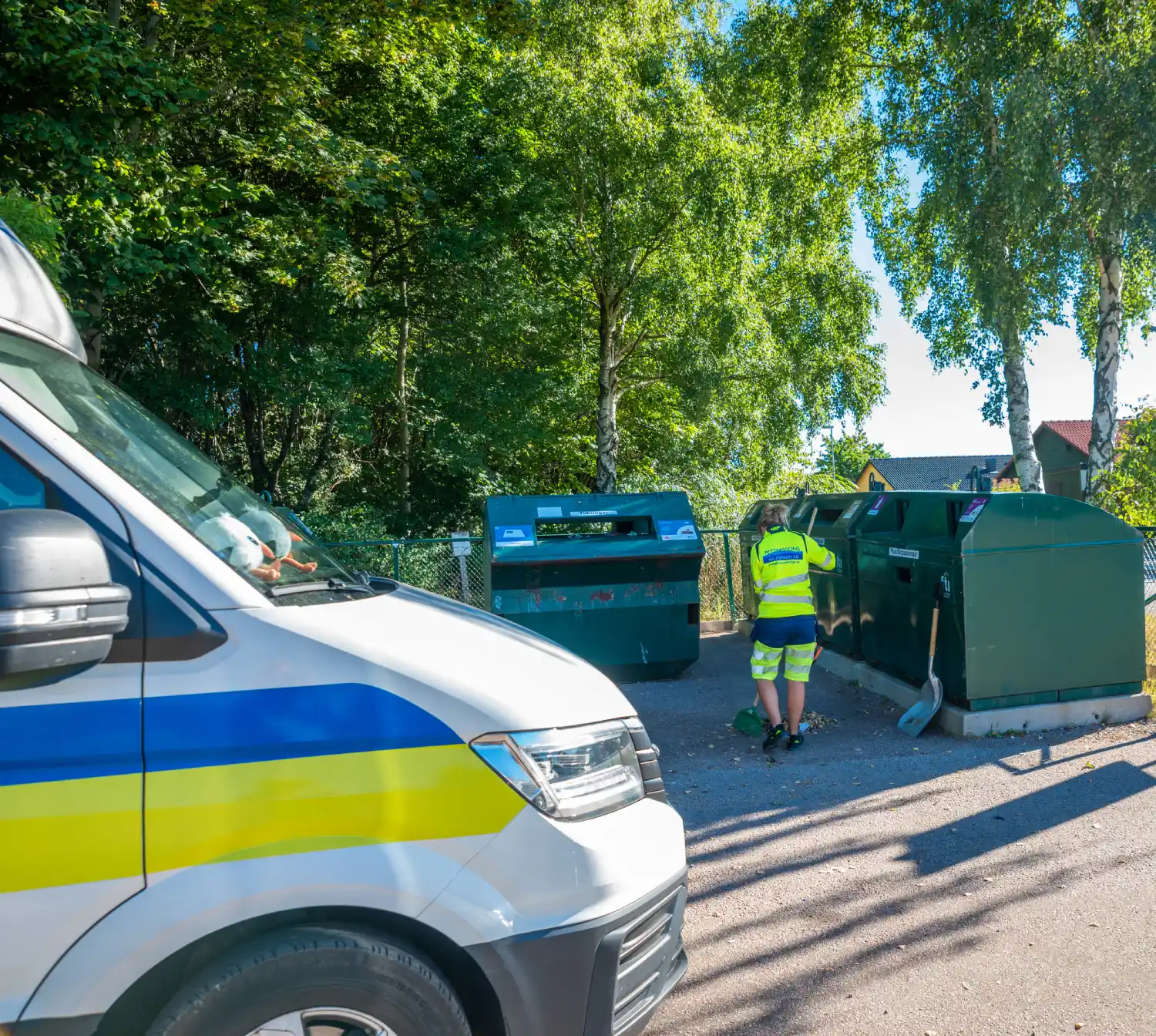How Recycling Stations Make a Difference in Reducing Environmental Impact
How Recycling Stations Make a Difference in Reducing Environmental Impact
Blog Article
Recycling in some sort of filled with varied packaging products creates both opportunities and challenges. Nowadays, people and firms likewise demand more sustainable methods while governments steadily apply stricter rules for waste management. However, the complexity of managing various appearance resources suggests approaching special recycling requirements for every single type. This informative article has a closer look at the recent trends, challenges, and solutions in creating efficient Recycling (Återvinning) methods for varied packaging materials.
The Complexity of Different Packaging Resources
Packaging resources have come a considerable ways from simple cardboard boxes. Today, they contain pockets, glass, steel, paperboard, and multi-layered composites, among others. Each kind comes having its special group of recycling requirements. For instance:
Plastic: While plastic is light and durable, their different forms (like PET, HDPE, LDPE, and PVC) frequently need split up selection and handling methods. Mismanagement may result in contamination and inefficiencies in recycling streams.

Steel: Metal and tin containers remain highly recyclable, however not without proper sorting to avoid contamination with non-recyclable metallic items.
Glass: Recycling glass requirements segregation by color and unique services to prevent dangers like fragmentation or contamination with ceramics.
Paperboard: Thick, sprayed paperboard appearance is recyclable oftentimes, however the major use of glues or laminates may impede the process.
Multi-layer Appearance: That group presents probably the most substantial concern because it often combines components difficult to split up, such as for example aluminum and plastic levels in snack packaging.
With the international economy making over 350 million a lot of plastic annually, and appearance accountable for almost 40% of its consumption, addressing this complexity is critical to reaching higher recycling rates.
Obstacles in Tailoring Recycling Methods
One of the biggest difficulties in recycling applications is contamination, particularly when diverse materials are removed together. For example, when food residue sticks to recycled plastics or broken glass mixes with paper, the performance of recycling processes declines significantly. Deficiencies in standardized marking methods also confuses people and benefits in improper waste sorting.
Furthermore, fragmented infrastructure plays a part in the issue. Some municipalities lack features to process complicated resources like multi-layer presentation or particular materials, making recycling impractical for these items.
Towards a Circular Economy with Tailored Alternatives
Making an efficient recycling program to deal with various appearance components needs development and collaboration. Governments, businesses, and people have to work in positioning:
Government Initiatives: Applying Prolonged Producer Responsibility (EPR) plans can inspire makers to style packaging that is more straightforward to recycle.

Innovative Technologies: Compound recycling practices, like depolymerization for parts, may break down hard-to-recycle resources for greater recovery rates.
Consumer Training: Marketing clear recycling behaviors and clear labeling can somewhat minimize contamination in recycling streams.
Opportunities in modernizing waste management infrastructure may enjoy a crucial role, along side constant study in to biodegradable and reusable appearance solutions.
A Course Ahead
The variety in packaging components can be a concern, but inaddition it presents an opportunity to improve recycling methods and techniques. A variety of scientific breakthroughs, regulatory steps, and customer understanding can travel the change to a more sustainable, circular economy. Approaching the unique recycling demands of varied materials is no further an alternative but essential to fight resource depletion and protect the planet. By tackling these challenges logically, worldwide communities can assure long-term environmental viability.
Report this page